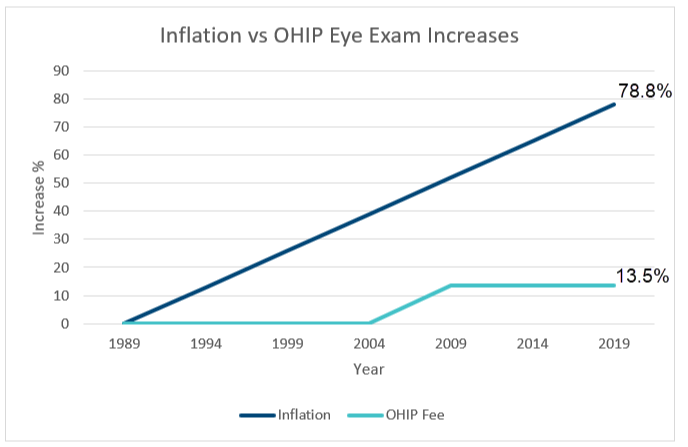Google’s latest AI glasses represent a significant leap forward in wearable technology, seamlessly blending artificial intelligence with augmented reality to enhance our daily experiences. Unlike previous iterations that struggled to find their place in the consumer market, these new smart glasses have been designed with practicality and user experience at the forefront.
How They Work
The new Google AI glasses use advanced computer vision algorithms to interpret the world around you in real-time. Lightweight and designed to look like regular glasses, they project information directly into your field of vision through nearly invisible micro-LED displays embedded in the lenses. Voice commands, subtle touch controls on the temple arms, and even eye tracking allow for intuitive interaction without fumbling for a smartphone.
Key Features
- Contextual Information: The glasses can identify objects, landmarks, and even faces (with proper privacy controls), providing relevant information when needed.
- Seamless Navigation: Walking or driving directions appear naturally in your vision, with arrows seemingly painted on the real world.
- Real-time Translation: Foreign language text can be instantly translated and overlaid on the original writing.
- Productivity Tools: Meeting reminders, important notifications, and even the ability to see your calendar while talking to someone.
- Health Monitoring: Subtle alerts about your posture, screen time, and even suggestions to take breaks when needed.
Privacy Considerations
Google has clearly learned from past mistakes. The new glasses feature a visible indicator when recording or actively using AI features, addressing the privacy concerns that plagued earlier attempts like Google Glass. Users maintain control over when and how the AI is activated, with simple gestures to temporarily disable all features when privacy is desired.
Real-World Applications
These glasses shine in practical, everyday scenarios. Imagine walking through a grocery store and seeing recipe suggestions appear as you look at ingredients, or attending a networking event where (with consent) you can see name tags and brief notes about people you’ve met before. For professionals in fields like medicine, construction, or education, the applications are even more transformative.
The Future of Ambient Computing
What makes these glasses truly special is how they deliver on the long-promised vision of “ambient computing” – technology that assists without demanding our attention. Rather than pulling us deeper into digital distraction, these glasses aim to keep us present in the physical world while enhancing our experiences within it.
Google’s new AI glasses represent a turning point for augmented reality technology. By focusing on practical features that solve real problems and enhance daily life, they’ve created wearable tech that feels less like a gadget and more like a natural extension of our senses. As developers continue creating applications for this platform, we may be witnessing the beginning of a significant shift in how we interact with both technology and the world around us.


